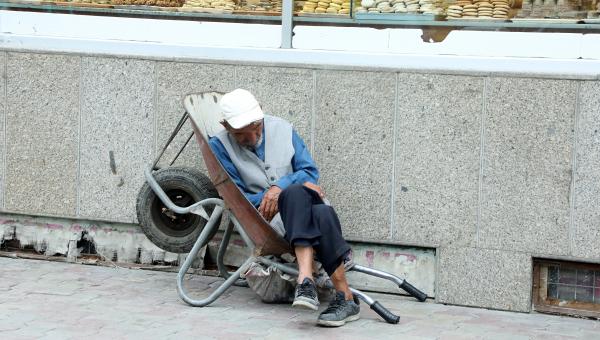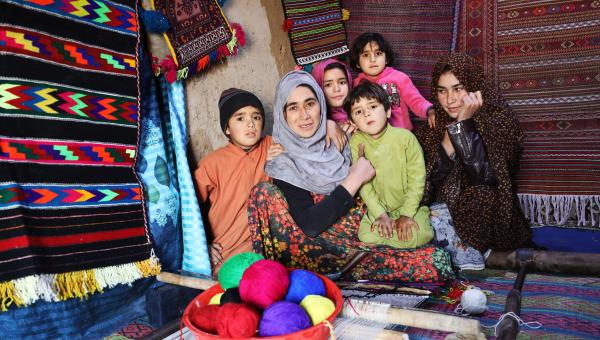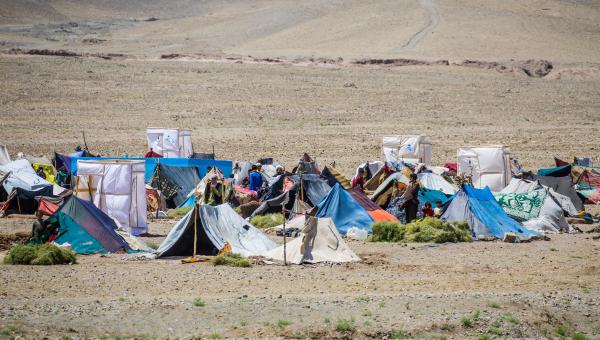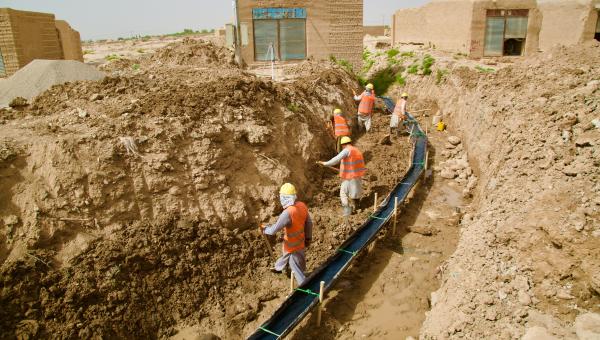National Survey on Drug use in Afghanistan (NSDA)
Overview
The purpose of this National survey on drug use in Afghanistan is to provide reliable and upto-dated data to stakeholders to design and implement interventions for the prevention of illicit production and/or substance use, treatment of drug use disorders and prevention and treatment of health consequences of drug use including HIV and other comorbidities.
The NSDA aims to: (i) determine the extent of drug use in the general population; (ii) estimate the socio-demographic characteristics of current drug users; (iii) generate information on the age, frequency and pattern of the current drug use; (iv) enhance understanding around the levels of drug related health and social consequences and (v) estimate the extent of the availability and type of drug prevention and treatment services nationally.
This national survey on drug use is being jointly supported by UNDP as the Implementing Partner and UNODC as the Implementing Agency under the coordination of the Resident Coordinator’s Office at the UN Country Team level. At the end of the survey, UNDP and UNODC will ensure wider dissemination of the key findings and recommendations among UN Agencies and other relevant stakeholders with on-going or planned/future interventions to prevent illicit production and use drugs. In the spirit of One UN programming, it is anticipated that UN Agencies will use the outcome of this survey to design and implement joint programmes/projects that will contribute to the eradication of the illicit drug production and use and provision of essential treatment services to drug users in Afghanistan.
Objectives
The overall objective of the survey is to estimate the extent of drug use (number and prevalence) in the general population as well as the extent of high-risk drug use in the country, disaggregated by gender and major administrative units, specifically:
a) The extent of drug use in the general population (lifetime, past 12 months and 30 days prevalence of drug use by substances, gender and provinces);
b) The socio-demographic characteristics of current drug users (gender, age, marital status, education, employment status, etc.);
c) Information on age of onset of drug use, frequency and pattern of current drug use, high-risk drug use, extent of poly drug use and drug use disorders among people using drugs; as well as children’s exposure to different drugs;
d) Enhance understanding around the levels of drug-related health and social consequences, and perceived accessibility and uptake of drug treatment services and other interventions for people with drug use disorders;
e) The extent of the availability and type of drug prevention and treatment services nationally.
Major Achievements
Since the inception of NSDA project in June 2022, the following key achievements have been recorded:
In total, 113 drug treatment centres (DTCs) were identified including 3 private hospitals.
As part of the formative research, 3,556 interviews were conducted in the capital city of each province and two districts surrounding the capital city to identify existing and new drug use hot spots.
Finally, 1,232 interviews were conducted with Key Informant Interviews (KII) across the country to obtain an in-debth understanding of the extent of drug use and its socio-economic impact, as well as drug use trends and patterns as perceived by professionals interacting with drug users.
Related Materials
Impact
Relevant Content

 Locations
Locations





